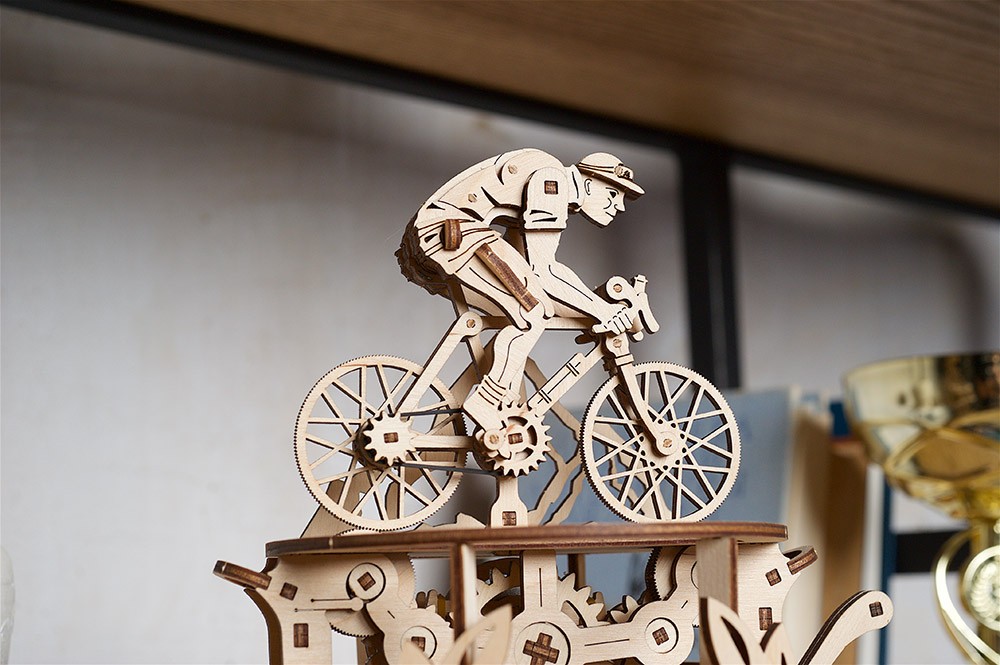

In Study 2, we evaluate the combination of possible descriptors of social robots that people use to differentiate the large sample of robots, concentrating on hypothesized similarities between humans and robots with respect to the social attributes of warmth and competence. A goal of the study was to characterize the larger category of social robots on features that may determine how people interact with them. In Study 1, we collect and describe a large sample of social robots on an array of attributes thought to be influential in social interaction.

The research reported here addresses these questions by examining what makes robots similar and different across a range of robot examples. Do we also evaluate social robots along warmth and competence dimensions ( Russell & Fiske, 2008)? And do people stereotype the robots along these same dimensions? One prominent model, the stereotype content model (SCM, Fiske, 2018 Fiske et al., 2002) argues that we use these primary dimensions to stereotype people. For example, research examining how people form first impressions and stereotype others suggests that we perceive people along two primary dimensions, warmth and competence. We draw on research from psychology that has examined how people perceive other people to explore whether those perceptions also apply to social robots. If we understand how people differentiate this diverse group of stimuli, and which evaluations are attributable to different robot features, then we would have a start on a basic understanding of human perceptions of robots that could be used to study and design better human–robot interactions.

Consequently, we need research that both collects and describes social robot attributes across a large sample of robots and explores how people perceive the combinations of these attributes with respect to impressions people form about the robots as social actors. These examples easily meet the description of social robots in the first paragraph, but they also have obviously quite different psychological prospects with respect to a social evaluation by humans. The authors have made all of the data and analytic methods publicly available to other researchers. The authors do not have conflicts of interest related to this research. Keywords: social robots, human–robot interaction, social perceptions of technology The potential for robots to improve human life across a range of capacities is high. Robots have the added advantage of lower cost, continuous availability, and constancy of responses compared to human counterparts. Social robots can be designed with human-like features, textures, and movements, and programmed to behave in variety of social or helpful ways, enough so that the people who use them could interact via familiar and pleasurable and even emotional connections. The proposed roles for the robots vary, from teaching to childcare to toys to elder companionship, but the underlying rationale for their popularity is similar across contexts. The social robots of interest are autonomous physical embodiments (i.e., they exist in the real world not just on a screen), and they communicate with humans via social behaviors (e.g., speech, gestures, and movement) that mimic human interactions that are linked with particular social roles that a robot might play. There have been over one thousand published scholarly articles about social robots in the academic literature, indicative of considerable interest as evidenced by new research labs, conferences, journals, TED talks, companies, patents, and products.


 0 kommentar(er)
0 kommentar(er)
